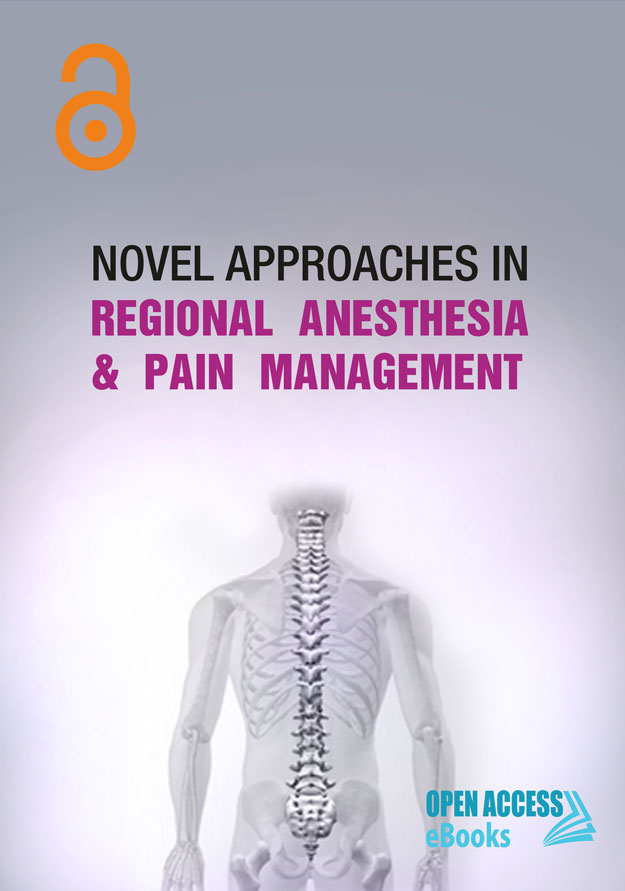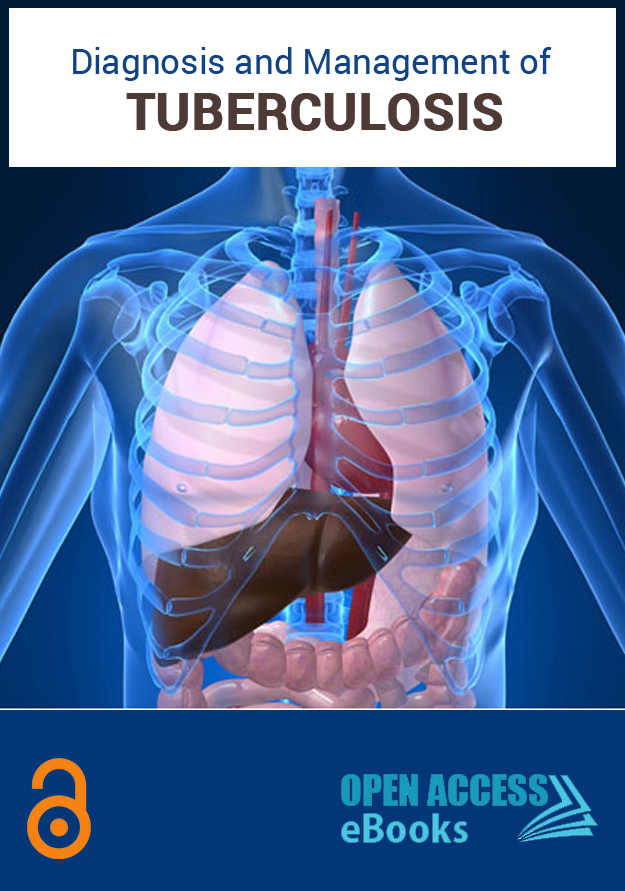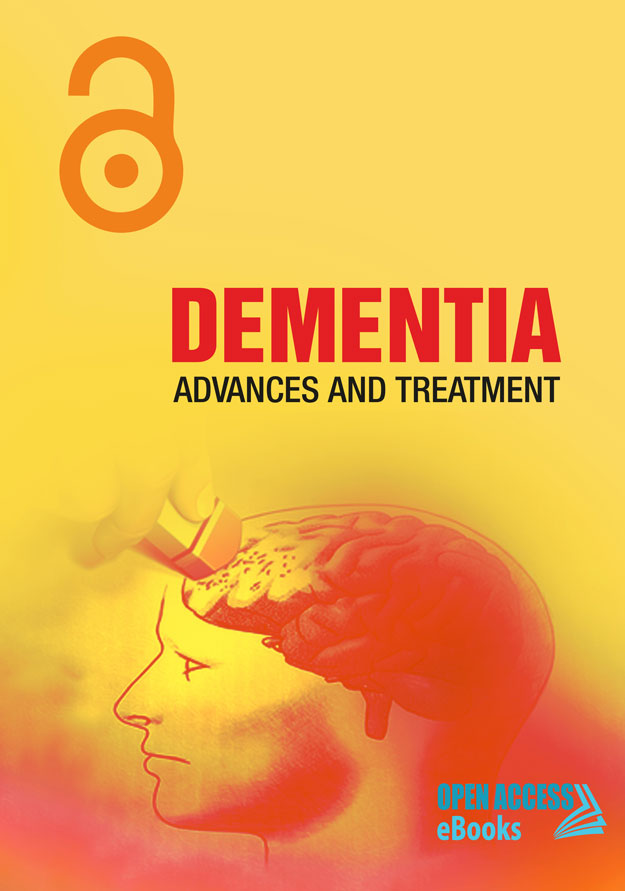
ISBN: 978-93-87500-14-3
Editors:
1. Iván Huercio
2. West Simeon
3. Essam Almoraissi
4. Arunangshu Chakraborty
Anesthesia is given to the patients to block the sensation of pain. Regional Anesthesia helps to continue procedures without losing consciousness of the body. It is mainly used in minor procedures, to help the patient lose the sensation of pain by relaxing the muscles or nerves in injured path or location.
Open Access eBooks is inviting researchers working in the areas of Regional Anesthesia and pain management to submit their book chapter for the publication in volume 1 of an eBook NOVEL APPROACHES IN REGIONAL ANESTHESIA & PAIN MANAGEMENT
All book chapters undergo review process and published content is available in PDF & HTML formats.
Benefits of publishing with us:
Universal Access: eBooks published in Open Access eBooks gain international visibility. No region barriers and content is accessed by everyone across the world from our website. We also deposit published eBooks in different databases.
Freely Available: Open Access eBooks follows the principles of Open Access and the content is available to the readers without any cost. Readers can read, share, and store the published ebooks/book chapters.
Copyright with Authors: As an eBook publisher, we serve researchers in publishing their valuable work after the stringent review process. However, copyright lies with authors. We follow the CC-BY-NC-ND license (https://creativecommons.org/licenses/by-nc-nd/3.0/).
Different Formats: We provide eBooks in PDF and HTML formats. Both formats are user friendly and can act as per the user requirements. We put our efforts to provide other formats in future.
For more information, contact info@openaccessebooks.com
Published Chapters:
Novel Action of Local Anaesthetics (Literature Review)
Author(s): Jūratė Gudaitytė*; Eglė Ruzgytė; Tadas Latkauskas
The aim of this article is to review current data of Medline, PubMed and other databases on the effect of local anaesthetics (LAs) with respect to: mechanism of action, effect on postoperative and traumatic ileus, neuroprotection, prevention of cancer recurrence, immune system preserving effect (antiinflammatory and antimicrobial) and novel indications of LAs. Over the last decade scientific studies proved that LAs can interact with other receptors. Besides causing anaesthesia, the LAs may act directly on other receptors and their signaling pathways which are involved in processes of inflammation, platelet activation, nociception, peripheral pain and arrhythmias. Besides reduction in postoperative pain intensity at 6 and 12 h, perioperative use of systemic LAs for abdominal surgery is associated with reduction of opioid dose, length of hospital stay by 4 h, faster recovery of bowel function (peristalsis earlier by 8 h, first flatus by 14 h, less PONV). Several animal studies have proved neuroprotective effect of intravenous lidocaine. It reduces the level of glutamate in the hippocampus and cortex, attenuates apoptosis in the ischaemic area and reduces infarct size, thus improving recovery after hypothermic ischaemia. Long-term effect of anaesthesia/analgesia - reduction of cancer recurrence – was confirmed in several studies (breast, colonic, prostate). LAs reduce surgery-induced immune alterations by reducing production of both pro- and antinflammatory interleukines and also have antimicrobial properties and inhibit different m/o growth in vitro. In conclusion, besides analgesia and antiarrhythmia, local anaesthetics produce faster recovery of bowel function, mobility, reduced hospital stay, have neuroprotective and antimicrobial properties, reduction of inflammation and incidence of cancer recurrence. Further studies regarding safety and determination of optimal dosage are still needed.
Regional Analgesia and Anesthesia in Children
Author(s): Ivan Huercio*
Regional techniques in pediatrics are increasingly used in the perioperative medicine. Intraoperative and postoperative pain control in infants and children is one of the basic fields of any anesthesiologist, and regional anesthesia plays currently an important role to both chronic and acute pain control. Although commonly performed in the pediatric population through the years, these techniques have also being critized when performed under sedation or general anesthesia since some complications cannot be reported. However, safety studies support regional techniques under general anesthesia as a safe practice.
Recent Advances in Labour Analgesia
Author(s): Savita Choudhary*; Sunanda Gupta
Labour pain analgesia is ever evolving since its inception by etherisation of labour. Adverse effects of labour pain on both mother and foetus remain a major concern for care providers. Childbirth is associated with intense, excruciating pain and to overcome this unpleasant experience many strategies both pharmacological and non-pharmacological have been extensively researched and utilized. Non-pharmacological methods provide psychological support to cope with painful situations rather than mitigating the pain completely...
Chemical Neurolysis and Radiofrequency Ablation of Lumbar Sympathetic Ganglion in Peripheral Vascular Diseases of the Lower Limbs
Author(s): Kalpana Kulkarni*; Rajendra Kulkarni
Peripheral vascular diseases (PVD) with impaired circulation is prevalent in 40-60% of Asian population. The resulting ischemic manifestations are cold lower extremities, claudication, discoloration, nonhealing ulcer/ gangrene of toes. Risk factors are atherosclerosis, hypertension, scleroderma, diabetes, dyslipidemia and thromboembolism or it may be associated with chronic regional pain syndrome (CRPS). Thromboangitis-obliterans (TAO) or Berger’s disease affects very young/ adult smokers. On Doppler ultrasonography, there is reduced/absent flow in peripheral arterial system usually in iliofemoral, popliteal, tibialis posterior and dorsalis Pedi’s artery in patients with ischemic lower limb.


